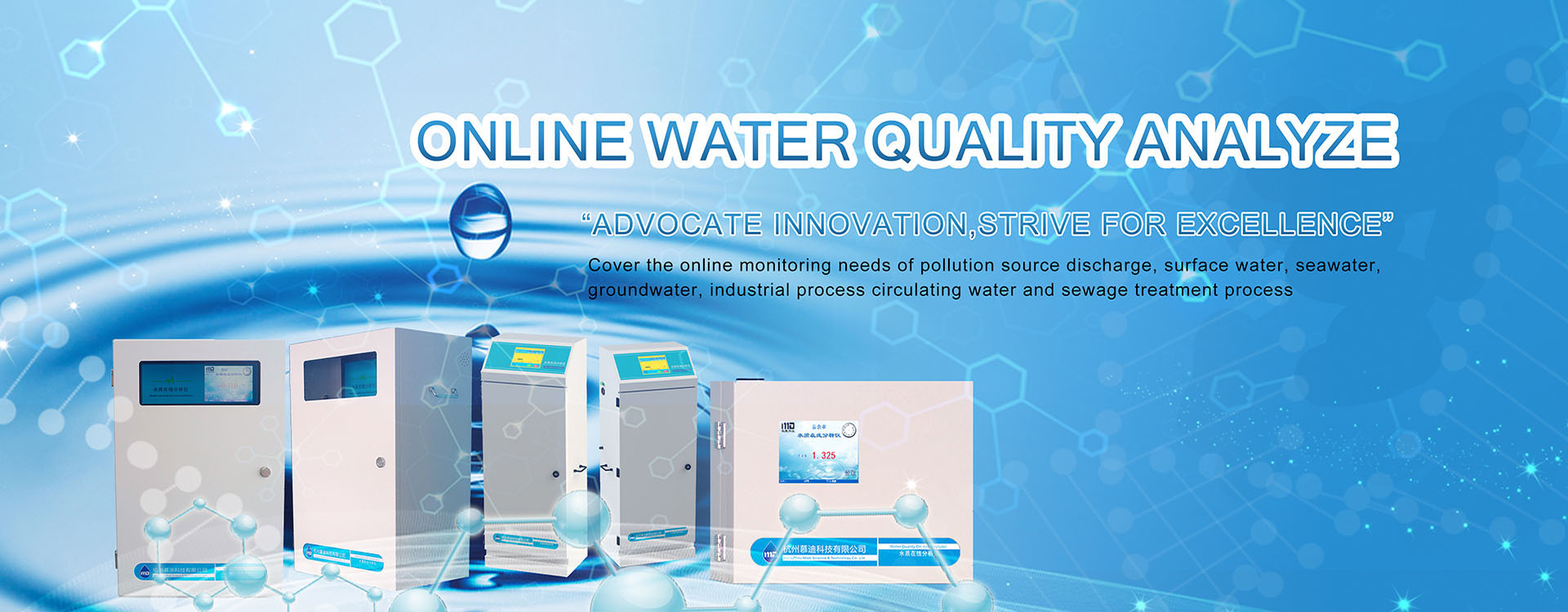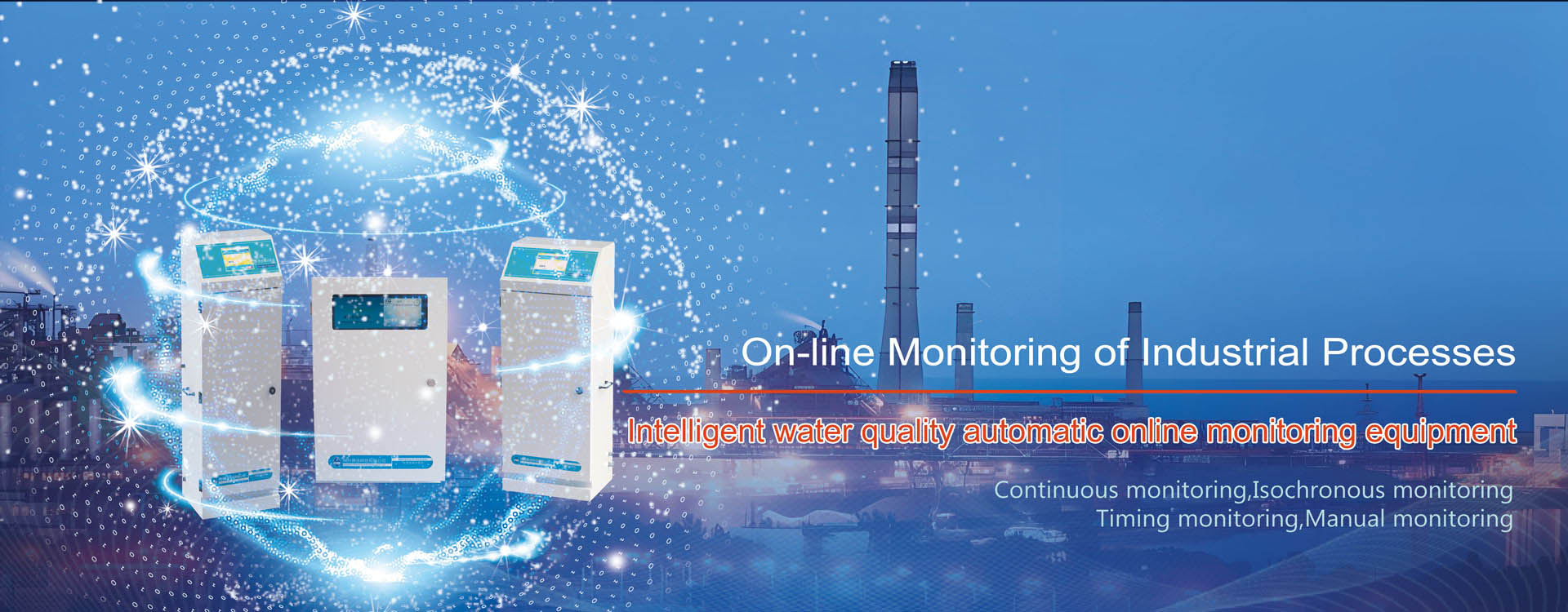When it comes to urban sewage, it refers to domestic sewage from urban residents, drainage from public places such as government agencies, schools and hospitals, as well as industrial wastewater and initial rainwater discharged into urban sewage collection systems. To ensure that safe water sources are not polluted, these sewage must be treated by sewage treatment plants before being discharged. What we are going to learn in this chapter is what issues should be noted when dealing with urban sewage!
During the process of urban sewage treatment, to reduce operating costs and ensure reasonable treatment expenditures, the water quality can meet the standards. This requires real-time monitoring of parameters such as COD in the water. Under normal circumstances, the COD should not exceed 1500mg/ L. Meanwhile, according to relevant standards in China, the COD parameter value for sewage treatment plants is 500mg/L. In addition, the influent is mainly domestic sewage, but this parameter value is within the range of 500-1000mg/ L. Of course, there is also a portion of industrial wastewater. If the parameter is 1000mg/L, then most of the influent is industrial wastewater. Only when users have a clear understanding of these contents can they adopt targeted sewage monitoring technologies to ensure the accuracy of sewage monitoring and thus make the sewage discharge meet the standards.
In addition, when applying oxidation processes to treat wastewater, it is necessary to effectively control the comparison of carbon, nitrogen, phosphorus and other aspects. Generally, it should be controlled at 100:5:1 to avoid excessive errors in the monitoring results.
Of course, water discharged from places like government agencies, schools and hospitals also needs to be treated and monitored before being discharged. This website mainly serves as an online monitoring for medical wastewater in hospitals. This includes online analyzers for coliform bacteria, online analyzers for total bacterial count in water quality, online analyzers for Escherichia coli, and online analyzers for total residual chlorine, etc.




